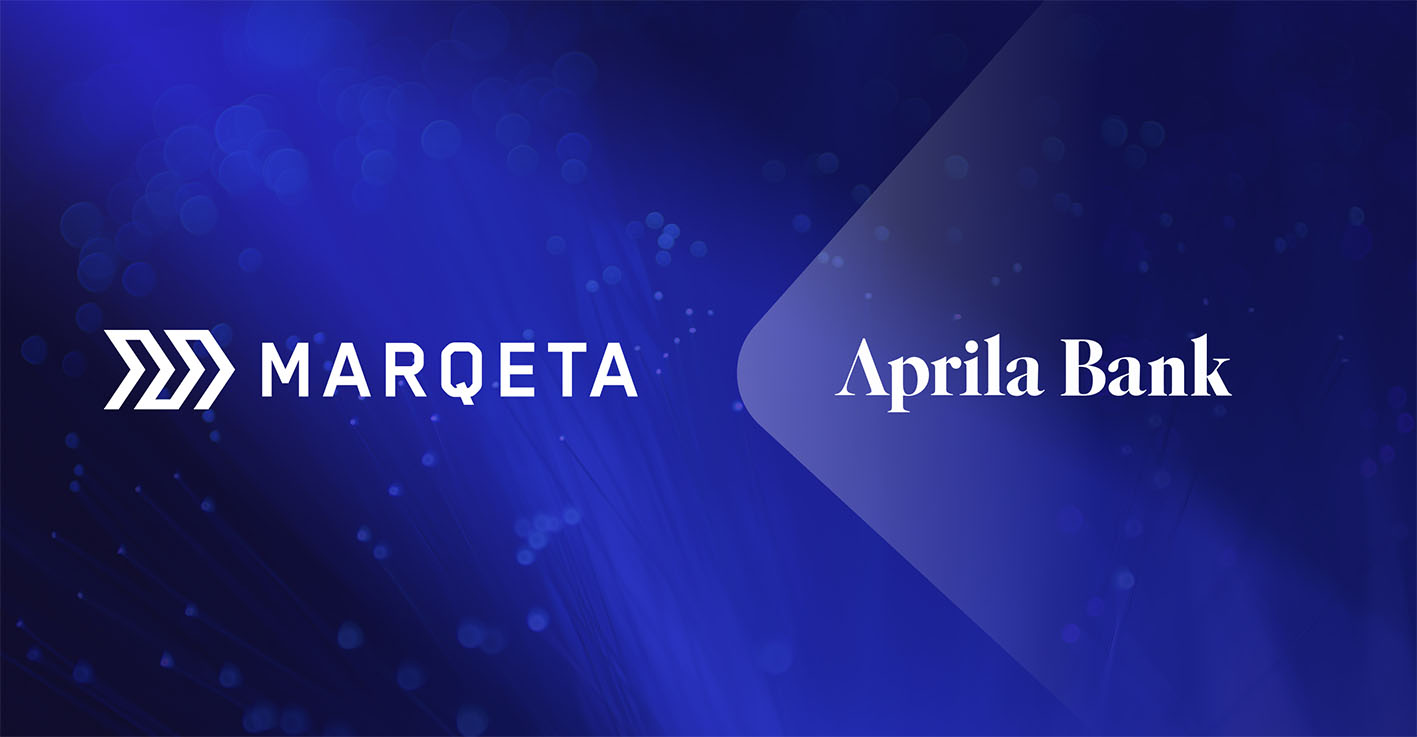October 6, 2022 | 5 min read
Shining bright: Norwegian B2B lending



Known as the Land of the Midnight Sun, Norway is famous for its awe-inspiring skies, fjords and lakes. But it also has a reputation for embracing modern technology.
As a Nordic powerhouse, it boasts at least five digital innovation hubs that provide a launchpad for startups to develop and deliver solutions to both businesses and consumers.
We wanted to find out what it was like to run a successful fintech company in Norway, so we spoke to Aprila Bank’s chief growth officer Per Christian Goller. Here’s what he had to say about his journey…
Please tell us a little about Aprila Bank and the businesses you support
Aprila Bank was set up to provide loans to small businesses (SME’s) and we currently have around 6,000 customers and are growing at roughly 25% per quarter. Our average customer has four employees and €400k annual revenue.
What was the founding vision for Aprila Bank and what problems do you solve for your customers?
We were very conscious that SMEs, particularly smaller businesses, have not had their needs fully met by financial institutions. For example, around 15% of SMEs have bank financing. And while several new banks have launched in the past decade or so, the focus has very much been on unsecured consumer lending. It was clear to us then that there was an untapped ocean of opportunity to provide solutions to small businesses. But in order to do this profitably we knew that it would require highly automated processes.
Tell us a little more about finance and payments in Norway and any current trends you are seeing?
There has been much speculation that bank financing would become integrated and embedded in online accounting after Aprila Bank launched spot factoring integrated in Visma online accountings systems in 2018. Alas, change is slow. Elsewhere, the payments app Vipps, owned jointly by the large banks, has been very successful in building user numbers but this hasn’t necessarily translated into notable financial success. Apple Pay remains quite rare in Norway and fintechs have faced challenges in this highly digitalized market where such challengers have difficulty offering anything new.
How are Norwegian banks innovating and collaborating?
There is definitely collaboration and innovation among the banks and one example is that the two largest Norwegian banks (DNB and SR-Bank) both distribute credit from Aprila Bank to their own small business customers through their online banks and apps. I would say that is a very high level of collaboration, and the general trend towards ever greater digitisation is strong too. We believe Aprila Bank is probably years ahead of any other bank in terms of the automation of processes for SMEs, with a quick two-minute customer onboarding process and an immediate credit decision.
And how is the Fintech sector looking and who would you say is doing great things?
We’re looking forward to seeing what Lunar Bank of Denmark will offer SMEs when it launches its app and account. FundingPartner is growing very well with a platform where investors can lend to mostly property projects, and Two.inc has built a B2B buy now, pay later e-commerce checkout on Aprila Bank’s invoice purchasing platform. Kron, a savings app for the younger generations, was successful and recently acquired by the largest local pension fund provider Storebrand. The Nordics enjoy a reputation of being at the forefront when it comes to embracing digital technology.
How does the region, and Norway in particular, stay ahead and is this lead also true for corporate banking and finance?
We have one digital ID that everyone in Norway uses “everywhere” for actions such as communicating with the tax authorities, for receiving information from a school, for logging into your online bank and for changing your address. This is extremely useful for start-ups and for collaboration. Importantly, the Government’s registries that we need to contact as a bank for AML, KYC and other purposes are all digital too. This vast digital infrastructure means banks collaborate on infrastructure, also with the authorities, and compete on customer experience.
How did Covid-19 affect Aprila Bank’s strategy and its innovation roadmap?
Aprila Bank receives daily updated accounting data on customers via the integration with online accounting systems. This enabled us to see very early during the pandemic that the Government furlough scheme was working, and that even though SMEs’ revenue fell, their cost base fell faster and they actually built equity. This led to an increased focus on evolving Aprila Bank’s Credit Line for SMEs.
What can we expect to see next from Aprila Bank?
Our financials demonstrate that Aprila Bank turned profitable in the second quarter of this year, and we can now focus more resources on growth and product development. Turning profitable has had a very good psychological effect on the organisation. And the growth continues.
